Materials and Value Collection | Chronicle of Diamond Trade
Diamond, with its inherent magic charm and bright luster, represents love, power and status with its rare, hard and unique characteristics. People have been fascinated by it since ancient times. Today, let's travel through the history of diamond trade and have a glimpse of its bright light for thousands of years.
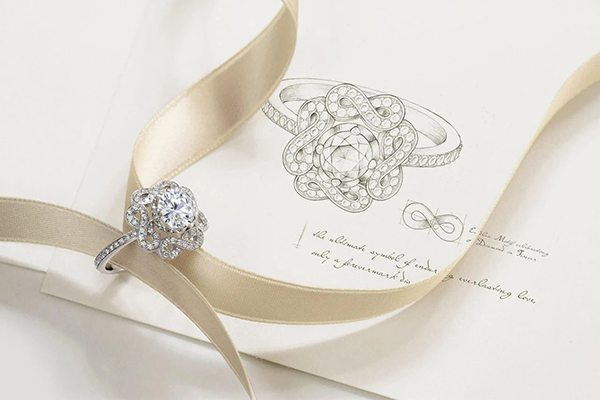
01 Ancient diamond trade
India is the first country in the world to discover diamonds, and also the first country in history to carry out diamond trade. At that time, India was the only diamond supplier in the world. In the third century BC, the diamond trade was very prosperous.

Ancient Indian diamond trade route
The most precious diamonds in India are called "Diamonds of Golconda". Golconda diamonds are a general term for high-quality diamonds in India. Many world famous diamonds belong to "Golconda diamonds". According to records, the diamond mines in India are all close to the legendary Gorkonda Castle. That's why Gorkonda was the center of the global diamond trade at that time. At its peak, there were as many as 10000 camels and cattle traveling across Asia in the desert.
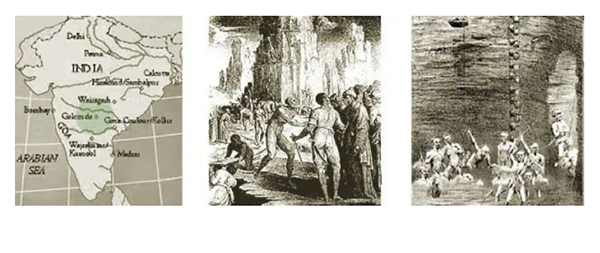
02 Diamond Trade in the Middle Ages
In the 13th century, Marco Polo became the first person to sail in Africa. He proposed that the Strait of Hormuz, which is located in the southwest of Asia and connects the Persian Gulf and the Indian Ocean, is the most important diamond market of the Persian Empire and the only place for European diamond trade.
The Maritime Trade and the Strait of Hormuz in the Middle Ages

With the development of European diamond trade, Bruges became an important trading partner of Venice, a famous commercial port at that time, making Venice the most important trade hub between Europe and eastern countries. Until the discovery of diamonds in Brazil in the 18th century, India and Borneo were the only diamond producing countries in the world, so the diamond trade between Western European countries and Eastern countries also flourished for several centuries.
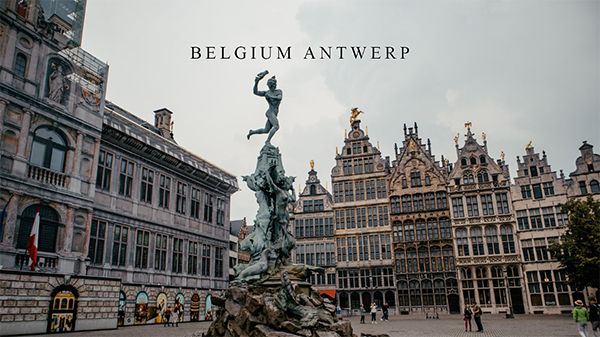
03 Antwerp's Diamond Legend
The rise of Antwerp
With the prosperous development of the diamond trade between the East and the West in the Middle Ages, Antwerp has been associated with diamonds since the 14th century. Because Antwerp is located in the heart of Europe, bordering the Netherlands, Luxembourg, Germany and France, and close to the coast of England, it ushered in a golden age in the 16th century. At the same time, the city has become a world-class trade and cultural center in Europe.

Antwerp's diamond trade
As early as the 15th century AD, the diamond cutting and grinding master of Antwerp, Lodewijk van Bercken, invented the technology of polishing diamonds with diamonds. The invention of this technology has far-reaching significance for the development of the diamond industry. In order to commemorate his contribution to the diamond industry, people erected his statue on the most prosperous street in Antwerp.
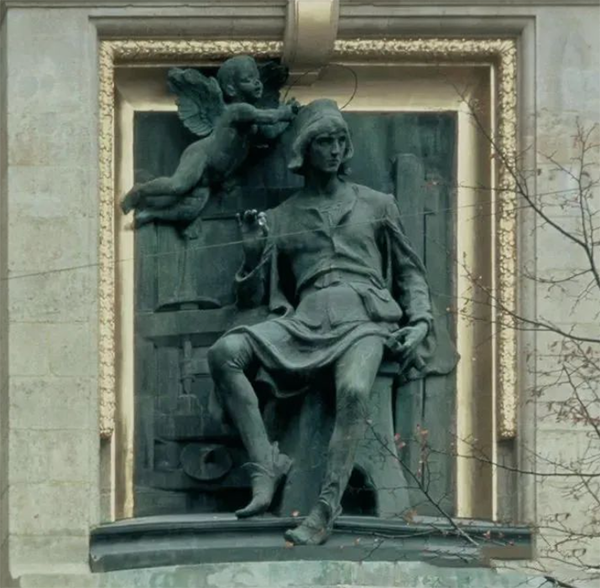
钻石切磨大师路德维克·范勃肯雕像
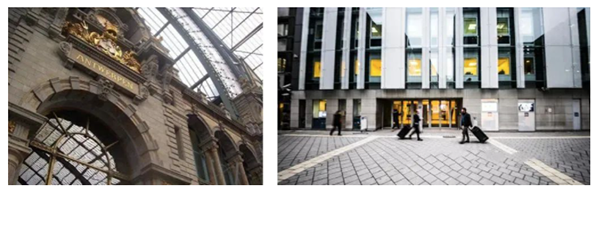
Antwerp Street
After the Second World War, the Antwerp diamond industry, backed by economic foundation, developed rapidly. The first diamond exchange in the world was established in 1893, and many years later, another three were established in Antwerp. So far, Antwerp, Belgium, which is known as the "diamond capital of the world", has passed through 84% of the world's raw diamonds and 50% of the world's finished diamonds. No matter in the period of economic depression or in the environment of international turbulence, Antwerp's position as the world's diamond capital has never been shaken.
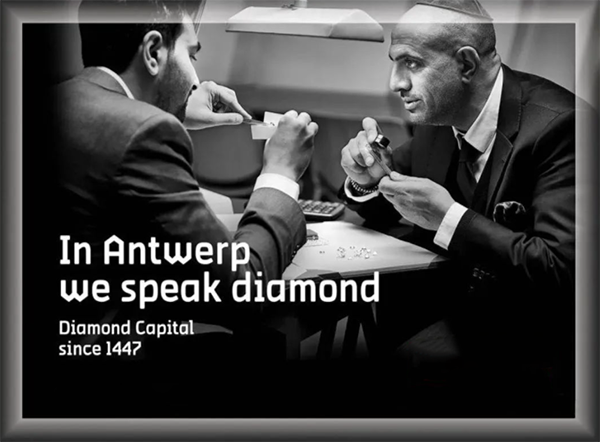
04 Contemporary diamond trade
Value created by De Beers
When it comes to contemporary diamond trade and the popularity of diamonds as commodities, De Beers is a crucial promoter in history. De Beers has been closely involved in all areas of the diamond industry, from the mining of raw stones to diamond sales, and has been trying to promote support. Through its network of diamond promotion centers and diamond consultation centers covering the world, De Beers used 21 languages to put forward the slogan of "A diamond will last forever" to promote diamonds and provide assistance and professional opinions for the jewelry industry and the media. The most important thing is to help consumers understand diamonds and drive the trend of diamond decoration.
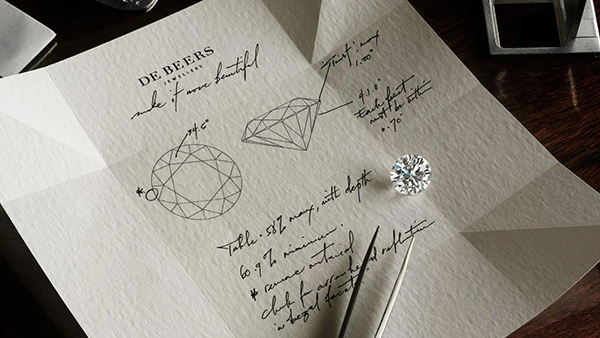
Value created by De Beers
When it comes to contemporary diamond trade and the popularity of diamonds as commodities, De Beers is a crucial promoter in history. De Beers has been closely involved in all areas of the diamond industry, from the mining of raw stones to diamond sales, and has been trying to promote support. Through its network of diamond promotion centers and diamond consultation centers covering the world, De Beers used 21 languages to put forward the slogan of "A diamond will last forever" to promote diamonds and provide assistance and professional opinions for the jewelry industry and the media. The most important thing is to help consumers understand diamonds and drive the trend of diamond decoration.
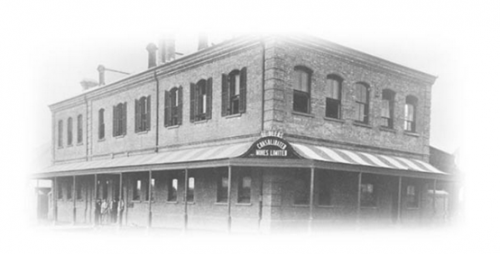
· De Beers' trade today
1. As countries in South Africa have begun to advocate the privatization of mining nations, and diamond mines with rich reserves have been found in Canada, Russia, Australia and other places, De Beers' position has been seriously affected.
2. During 1991-1995, the introduction of the American anti-monopoly law further hit De Beers. Its share of the raw stone market has declined to 40%. De Beers' monopoly position was gradually shaken until it collapsed, which also meant that the diamond market presented a new form of openness.

05 Diamond exchanges all over the world
Since the 20th century, the production of diamonds has expanded from South Africa, Brazil and other places to other countries, and diamonds have also become a global trade. At present, there are 28 diamond trading centers in the world, including New York, London, Moscow, Tel Aviv, Dubai, Bangkok, Mumbai, Tokyo and Shanghai, which also have diamond exchanges.
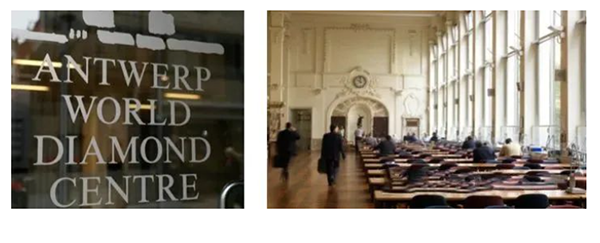
Antwerp Diamond Trading Center
The development of diamond trade is accompanied by the discovery and mining of diamonds, the progress of scientific and technological communication, and the change of people's ideas. The history of diamond trade is also the epitome of human economic civilization, which has been shining in the long river of history, emitting bright light.
